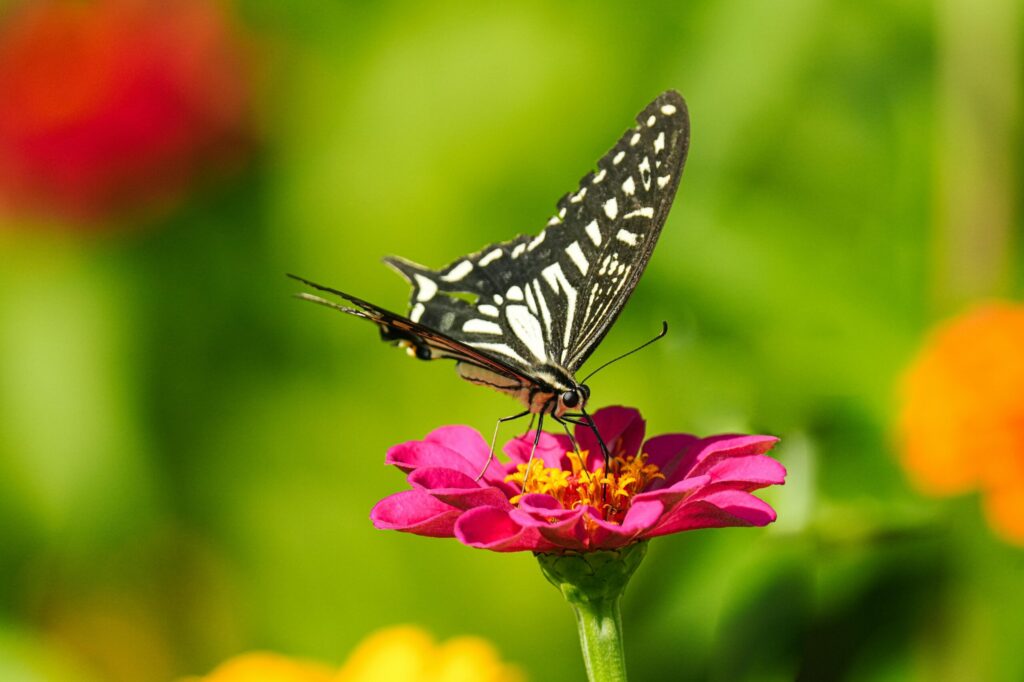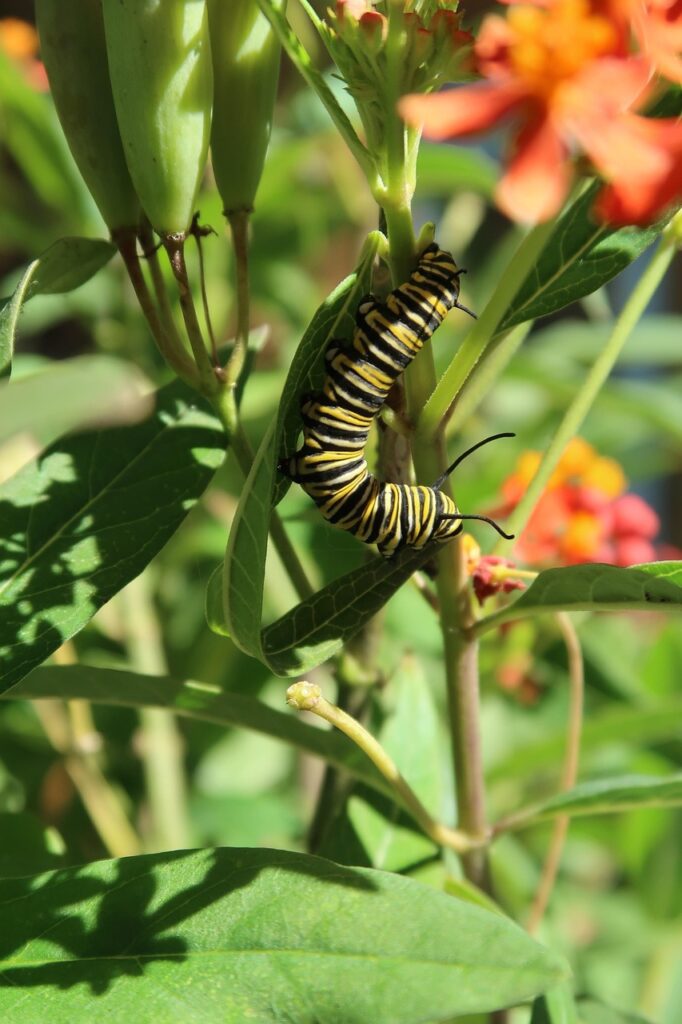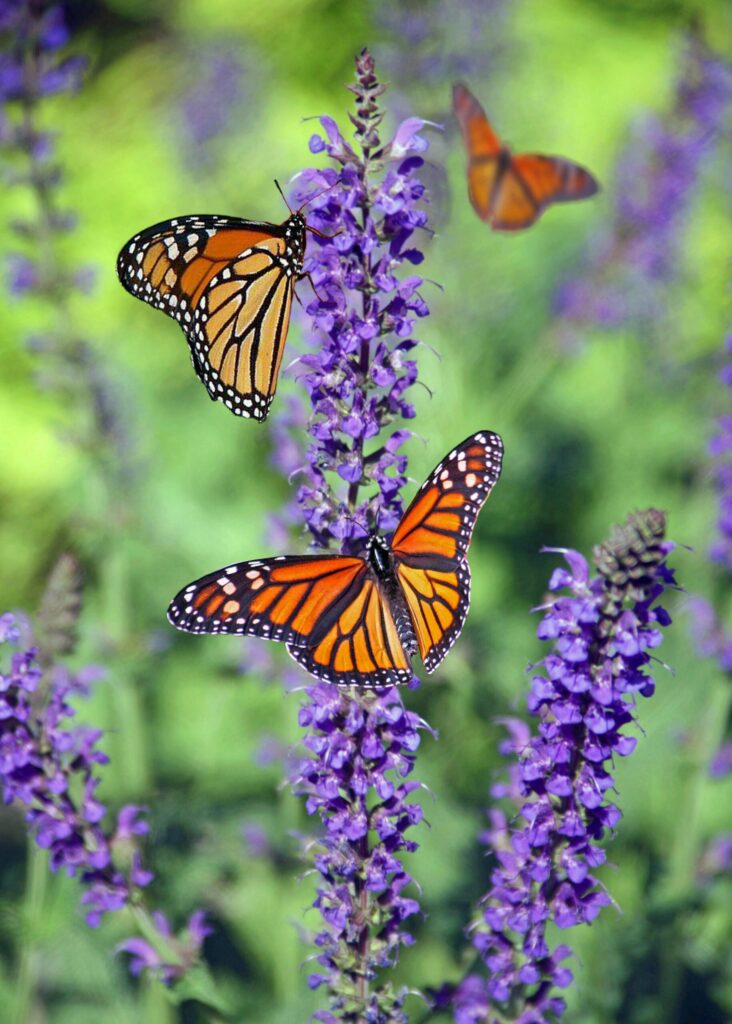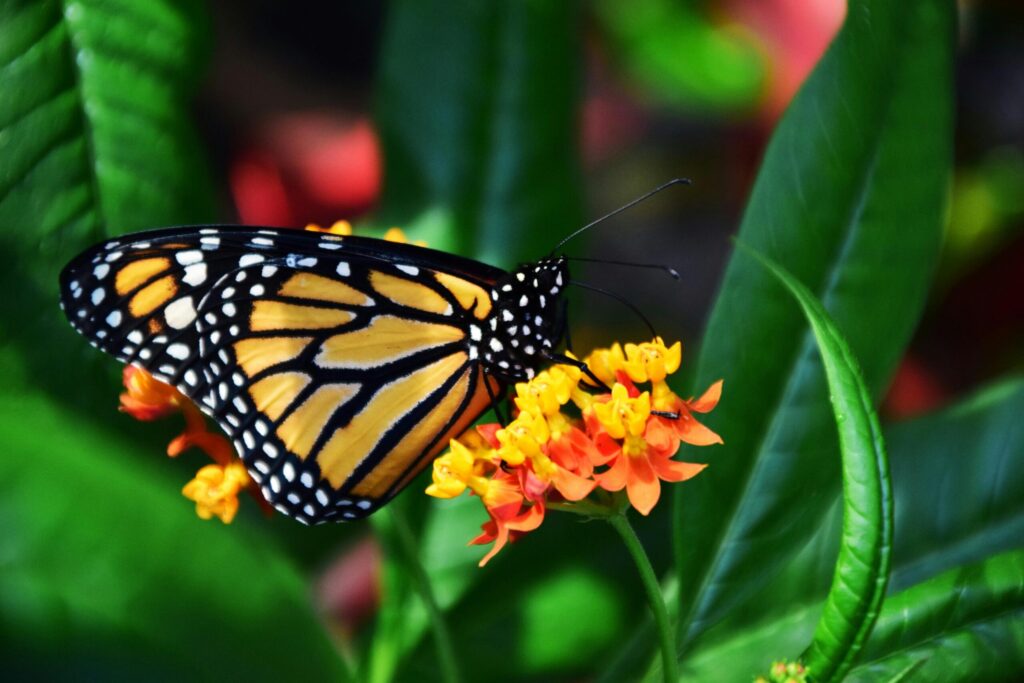There’s something truly magical about seeing butterflies flutter through your garden. Not only are they beautiful and peaceful to watch, but they also play an important role as pollinators—helping your garden grow and thrive. Creating a butterfly garden is a wonderful way for families to connect with nature, learn about life cycles, and support local ecosystems.
Whether you’re working with a backyard, a few containers, or a school garden, here’s how to invite more butterflies into your space:
1.Choose the Right Location
Butterflies love the sun! Pick a sunny spot that gets at least 6 hours of sunlight a day. A calm, wind-sheltered area is ideal, where butterflies can easily land and rest on flowers.
2. Plant a Variety of Nectar-Rich Flowers
Different butterflies are attracted to different flowers, so variety is key. Choose blooms with bright colors like red, yellow, orange, pink, and purple. Here are some butterfly favorites:
- Milkweed (essential for Monarchs!)
- Coneflower (Echinacea)
- Zinnias
- Lantana
- Black-eyed Susan
- Verbena
- Butterfly Bush
Try to plant in clusters—large groupings of the same flower will draw in more butterflies than scattered single plants.

3. Don’t Forget Host Plants
Butterflies lay their eggs on specific “host” plants, which caterpillars feed on once they hatch. Including these plants supports the full butterfly life cycle. A few examples:
- Milkweed for Monarchs
- Parsley, dill, and fennel for Swallowtails
- Passionflower vine for Gulf Fritillaries
Expect some leaf munching—it’s a sign your garden is working!

4. Add Water and Resting Spots
Butterflies need shallow water sources. A dish with a few stones and a little water works perfectly. You can also create a “puddling” area by filling a shallow dish with moist sand and adding a pinch of salt or compost.
Flat rocks or stepping stones also make great sunny resting spots where butterflies can warm their wings.
5. Go Organic
Avoid pesticides and herbicides—these can harm butterflies, caterpillars, and other pollinators. Embrace natural gardening methods and let your butterfly garden grow wild and full of life.
6. Observe and Learn
A butterfly garden is a living classroom. Children can observe life cycles up close, learn about plant-insect relationships, and develop a deep appreciation for nature. Keep a journal, draw pictures, or track the different butterfly species you see!

Final Thoughts
Creating a butterfly garden is more than just planting flowers—it’s about creating a welcoming space for wildlife, sparking curiosity, and nurturing a love of the natural world. Plus, it’s a beautiful, calming addition to any outdoor space.
Happy gardening—and may your garden be full of wings and wonder!

